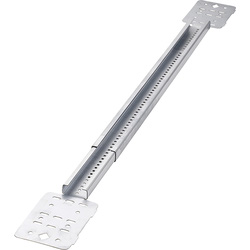Hi guys, a couple of first fix questions if I may?
What do you do with accessory and socket wires? Tape in a circle and leave in roughly the right place? I have a mix of plasterboard and rendered walls so do you cut and fix back boxes in render as part of first fix (like chases) or as second fix?
I'm guessing the key thing is to keep your measurements somewhere so you aren't digging around in freshly plastered walls looking for the cable?
Also for a house where 90% is traditional loop in at ceiling rose would you continue that and take a 3c+e to socket for a neutral? Or loop into switch? I've not done loop at switch before and it seems a lot of cables to pack into a back box with a dimmer.
Cheers
What do you do with accessory and socket wires? Tape in a circle and leave in roughly the right place? I have a mix of plasterboard and rendered walls so do you cut and fix back boxes in render as part of first fix (like chases) or as second fix?
I'm guessing the key thing is to keep your measurements somewhere so you aren't digging around in freshly plastered walls looking for the cable?
Also for a house where 90% is traditional loop in at ceiling rose would you continue that and take a 3c+e to socket for a neutral? Or loop into switch? I've not done loop at switch before and it seems a lot of cables to pack into a back box with a dimmer.
Cheers



